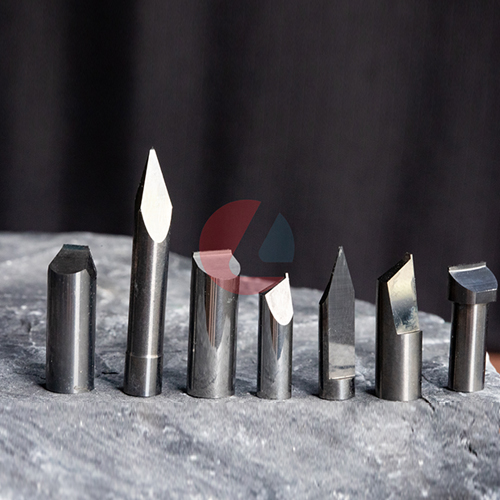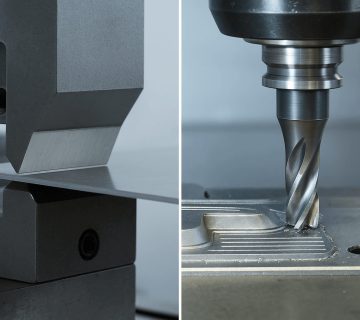Shear tools are essential in semiconductor manufacturing for testing the strength of bonds between components. By applying lateral force until a bond fails, these tools help manufacturers assess connection durability and ensure high-quality standards. This article simplifies shear tool functionality, applications, and their role in maintaining semiconductor reliability.
What is a Shear Tool?
A shear tool is a precision instrument used to test the strength of bonds in semiconductors. It applies a controlled sideways force to components like solder balls, wire bonds, and semiconductor dies. By measuring the force required to break a bond, manufacturers can determine its reliability and identify potential weaknesses.
How Shear Tools Work
Shear tools contact the bond and gradually apply lateral force until failure occurs. The force needed to break the bond is recorded, providing data on bond strength. This allows manufacturers to detect weak or defective connections early, preventing failures in semiconductor devices.
Applications of Shear Tools in Semiconductor Manufacturing
Shear tools play a key role in quality control, ensuring components meet industry standards. Common applications include:
- Wire Bond Testing: Measures the strength of wire bonds attached to semiconductor pads.
- Solder Ball Testing: Tests how well solder balls adhere to integrated circuits.
- Die Shear Testing: Evaluates the bonding quality of semiconductor dies to their substrates.
- Reliability Testing: Ensures components can withstand stress over time.
Types of Shear Tools
1. Ball Shear Tool
Used for testing solder balls, this tool applies lateral force to determine adhesion strength. It often includes a cavity to evenly distribute pressure for accurate results.
2. Die Shear Tool
This tool tests the adhesion of semiconductor dies to their substrates by applying force along the die’s edge, evaluating the strength of the bonding material.
Learn more about ball shear tool and die shear tool here: Our Variety of Shear Pins
Importance of Shear Testing
Shear testing is essential for semiconductor quality control, helping manufacturers:
- Detect weak bonds before assembly.
- Improve bonding materials and techniques.
- Meet industry reliability standards.
- Minimize failure rates in electronic devices.
By incorporating shear testing, semiconductor companies enhance product durability and performance, ensuring more reliable electronics.
Conclusion
Shear tools are vital in semiconductor manufacturing, ensuring strong, reliable bonds between components. Whether testing solder balls, wire bonds, or semiconductor dies, shear testing helps maintain industry standards and improve product longevity. As technology evolves, shear testing will remain critical in producing high-quality, high-performance semiconductor devices.


